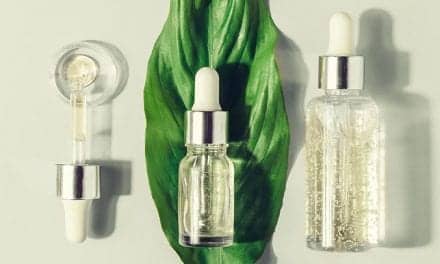As more Americans prepare to head outdoors for the 4th of July holiday, dermatologists from the American Academy of Dermatology (AAD) have an important reminder: dress to protect yourself from the sun. In addition to seeking shade and applying sunscreen, wearing protective clothing goes a long way in protecting you from the sun’s harmful UV rays, which can increase your risk of skin cancer.
However, not all clothing is created equal when it comes to sun protection, say dermatologists. Some garments provide better UV protection than others.
“The right sun-protective outfit provides long-lasting protection and works great for all skin types and colors,” says board-certified dermatologist Omer Ibrahim, MD, FAAD, in a media release. “The key is to look for dense fabrics and dark or bright colors and pair those with the appropriate accessories.”
Related Content:
#PracticeSafeSun, AAD Reminds
American Academy of Dermatology Shares Hand Washing Tips Amid Covid-19
No Evidence Supports UV Exposure to Treat COVID-19, Per AAD Statement
To help protect your skin from the sun, Ibrahim recommends wearing the following items:
- Lightweight and long-sleeved shirts and pants: It’s important to cover up as much of your skin as possible when spending time outdoors. When selecting clothing, avoid fabrics with a loose or open weave, such as lace. In addition, dark colors offer more protection than light colors. For example, a long-sleeved denim shirt provides an SPF of about 1,700, while a white t-shirt provides an SPF of about 7. In addition, if you’re at the beach or pool, keep in mind that dry clothing offers more sun protection than wet clothing.
- Sunglasses with UV protection: Sunglasses are an important part of your sun-protective wardrobe. When purchasing sunglasses, always look for lenses that offer UV protection. Lenses that appear dark do not necessarily offer UV protection, so make sure to read the label before purchasing. In addition, large-framed or wraparound sunglasses offer more sun protection than aviators, for example, so be sure to consider that when selecting your sunglasses.
- A wide-brimmed hat: A hat is a simple and effective way to cover up your face and neck. When selecting a hat, choose one that has a wide brim, which will protect your ears, as well as your head and neck. Avoid baseball hats or straw hats with holes, as these are not as effective in protecting you outdoors.
- Shoes that cover your feet: However, if you’re wearing sandals or flip-flops or going barefoot, be sure to apply sunscreen to all exposed skin.
“In addition to wearing sun-protective clothing, it’s important to seek shade and apply a broad-spectrum, water-resistant sunscreen with an SPF of 30 or higher to all skin not covered by clothing,” Ibrahim adds. “If you have questions about how to protect your skin from the sun and prevent skin cancer, contact a board-certified dermatologist.”
[Source: American Academy of Dermatology]





